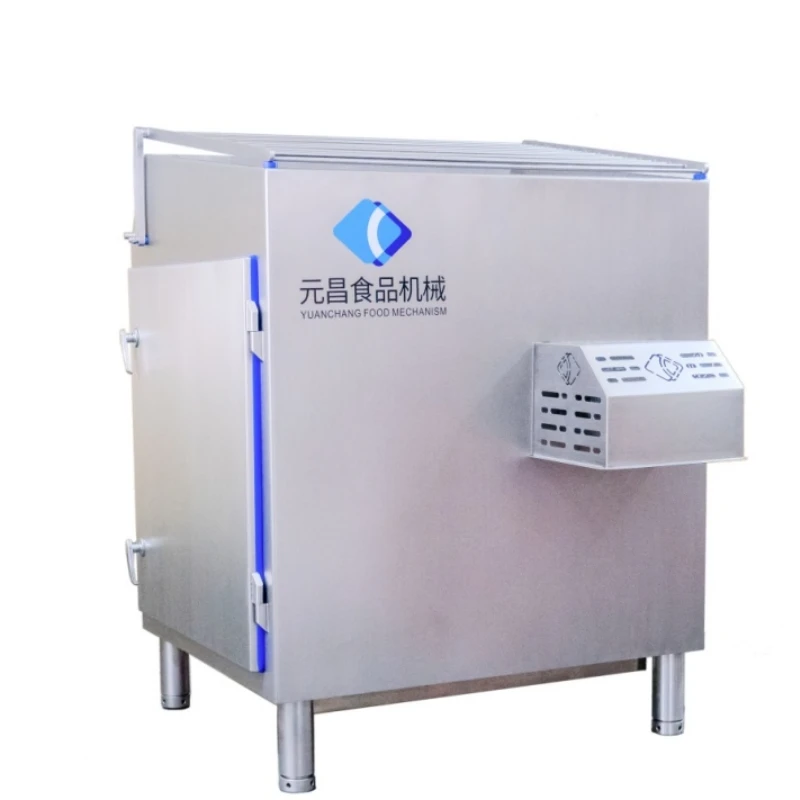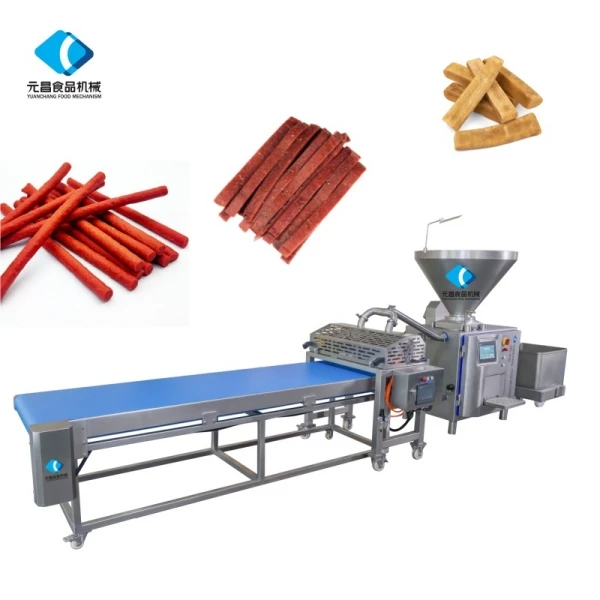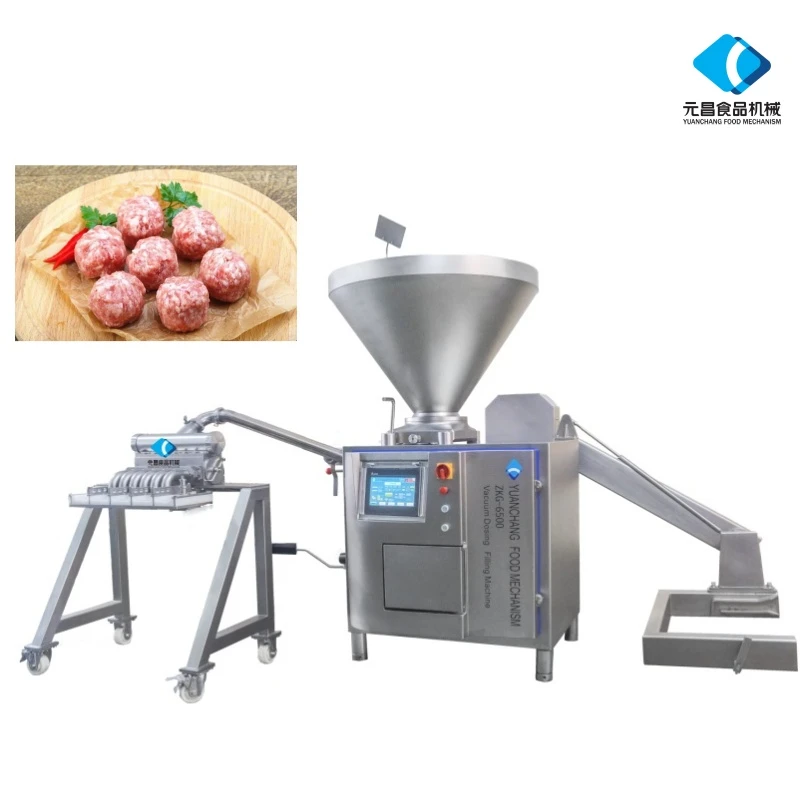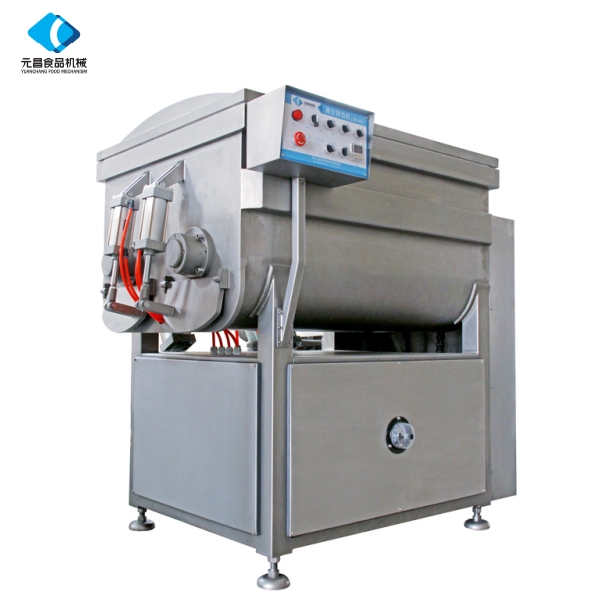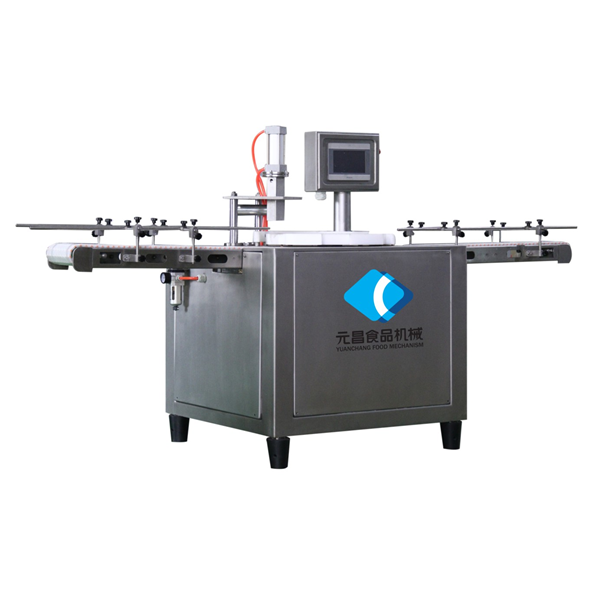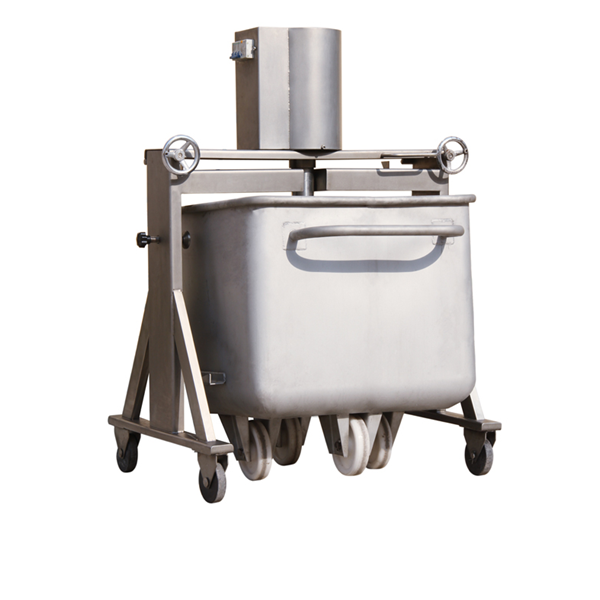- Afrikaans
- Albanian
- Amharic
- Arabic
- Armenian
- Azerbaijani
- Basque
- Belarusian
- Bengali
- Bosnian
- Bulgarian
- Catalan
- Cebuano
- chinese_simplified
- chinese_traditional
- Corsican
- Croatian
- Czech
- Danish
- Dutch
- English
- Esperanto
- Estonian
- Finnish
- French
- Frisian
- Galician
- Georgian
- German
- Greek
- Gujarati
- haitian_creole
- hausa
- hawaiian
- Hebrew
- Hindi
- Miao
- Hungarian
- Icelandic
- igbo
- Indonesian
- irish
- Italian
- Japanese
- Javanese
- Kannada
- kazakh
- Khmer
- Rwandese
- Korean
- Kurdish
- Kyrgyz
- Lao
- Latin
- Latvian
- Lithuanian
- Luxembourgish
- Macedonian
- Malgashi
- Malay
- Malayalam
- Maltese
- Maori
- Marathi
- Mongolian
- Myanmar
- Nepali
- Norwegian
- Norwegian
- Occitan
- Pashto
- Persian
- Polish
- Portuguese
- Punjabi
- Romanian
- Russian
- Samoan
- scottish-gaelic
- Serbian
- Sesotho
- Shona
- Sindhi
- Sinhala
- Slovak
- Slovenian
- Somali
- Spanish
- Sundanese
- Swahili
- Swedish
- Tagalog
- Tajik
- Tamil
- Tatar
- Telugu
- Thai
- Turkish
- Turkmen
- Ukrainian
- Urdu
- Uighur
- Uzbek
- Vietnamese
- Welsh
- Bantu
- Yiddish
- Yoruba
- Zulu
Premium Meat Grinders & Sausage Stuffers Efficient Kitchen Tools
- Essential mechanical principles driving meat grinder efficiency
- Market growth statistics for meat processing equipment
- Technical comparison table: Leading industrial equipment manufacturers
- Energy consumption benchmarks per processing volume
- Custom configuration options based on production requirements
- Implementation success story: Scaling artisanal sausage production
- Operational insights from established processing facilities

(Мясорубки и колбасные шприцы)
Operational Excellence in Modern Meat Grinders and Sausage Fillers
Contemporary food processing facilities increasingly rely on industrial-grade Мясорубки и колбасные шприцы
to meet evolving production demands. These integrated systems employ high-torque motors ranging from 1.5-10 horsepower, capable of processing 300-2,500 kilograms of meat products hourly. Advanced auger mechanisms combined with precisely calibrated cutting blades maintain consistent particle size distribution between 3-15mm, achieving optimal texture standards required for diverse culinary applications. The seamless transition from grinding chambers to vacuum stuffing units minimizes oxidation while extending product shelf life by 15-22% compared to manual methods. Industry-leading manufacturers now incorporate sanitation-driven designs featuring polished stainless steel surfaces and accessible disassembly points that reduce cleaning cycle durations by 30%.
Technical Innovations Transforming Meat Processing
Fourth-generation grinding implements now integrate variable frequency drives that automatically adjust cutting speeds based on meat texture sensors, maintaining consistent product quality while reducing power consumption by 18%. Simultaneously, hydraulic sausage fillers with precise pressure calibration (0.5-8 bar) ensure uniform filling density within collagen casings, minimizing product waste to under 3%. Thermal management systems maintain optimal component temperatures during continuous 12-hour production cycles, preventing protein denaturation. The industry shift toward modular platforms allows processors to combine independent grinding and filling modules with automated conveying systems, creating custom workflow configurations while eliminating manual transfer contamination risks.
Global Production Metrics and Equipment Adoption Rates
Commercial meat processing infrastructure has undergone rapid industrialization, with the global equipment market projected to expand from $12.4 billion to $18.9 billion by 2028 according to FoodTech Analytics. Within commercial sausage production specifically, automated filling system implementation has grown 42% since 2020, corresponding directly with increased output capacity reported by operators. Processing plants equipped with industrial grinders demonstrate 67% higher utilization rates compared to facilities relying on retail-grade alternatives. Facilities integrating whole-muscle processing capabilities alongside grinding functions report additional revenue streams generating 28-35% profit margin increases through value-added product diversification.
Comparative Technical Analysis: Leading Equipment Manufacturers
| Specification | Kilia ProLine 98 | Handtmann VF610 | TREIF PowerKutter | Biros SSC-55 |
|---|---|---|---|---|
| Max Throughput (kg/h) | 2,500 | 1,800 | 3,200 | 1,200 |
| Horsepower Range | 5-10 | 3-7.5 | 7-15 | 2-5 |
| Energy Efficiency (kWh/kg) | 0.18 | 0.22 | 0.16 | 0.31 |
| Cutting Plate Options | 17 configurations | 9 configurations | 22 configurations | 6 configurations |
| Stuffing Pressure Range (bar) | 2.5-7 | 1.5-8 | 3-10 | 1-4.5 |
Customized Configuration Models for Specific Applications
Processing facilities must evaluate throughput requirements against product diversity when specifying meat grinders and sausage filling solutions. Small-batch producers requiring under 500kg/hour capacity benefit from counter-mounted units featuring quick-change plates and hydraulic stuffers capable of processing 500-600 casings hourly. Mid-volume operations handling 500-1,500kg/hour typically implement floor-standing grinder-stuffer combinations with automated portioning scales and casing magazines that reduce staffing requirements by 2.5 operators per shift. Industrial processors exceeding 2 tons/hour utilize continuous flow systems incorporating pre-breakers, emulsifier colloid mills, and computer-controlled stuffing lines managed via HMI interfaces.
Artisanal Salami Producer Scaling Commercial Operations
A 2019 equipment upgrade transformed Rossi Salumi's production capabilities after installing three interconnected Treif processing units. Following integration of 7hp grinding modules with vacuum stuffers maintaining 5 bar pressure, the facility increased output from 800kg to 3.5 tons daily while improving product consistency. Yield improvements became immediately measurable, with raw material utilization increasing 23% after implementing precision cutting blades that reduced meat adhesion to auger components. The automated casing advancement mechanism simultaneously eliminated product deformation issues previously occurring with manual stuffing operations. This comprehensive upgrade generated complete ROI within 14 months through reduced labor expenses and expanded wholesale distribution agreements.
Optimizing Processing Workflows with Integrated Systems
Modern facilities dedicated to Колбасные мельницы и начинки achieve maximum productivity through coordinated implementation strategies. Temperature-controlled transfer conveyors prevent protein damage during intermediate product handling, preserving textural integrity critical for premium goods. Facilities benchmark productivity by tracking operational metrics including pounds-per-labor-hour (optimized to 80-120kg/hour in leading installations) and equipment uptime percentages that exceed 92% when implementing preventative maintenance protocols. Progressive processors establish microbiological testing laboratories adjacent to production zones where quality technicians routinely conduct protein content verification, emulsion stability measurements, and water activity assessments to ensure processed meats meet regulatory requirements.

(Мясорубки и колбасные шприцы)
FAQS on Мясорубки и колбасные шприцы
-
Q: What are meat grinders and sausage stuffers used for?
A: Meat grinders process raw meat into ground textures for patties or fillings. Sausage stuffers fill casings efficiently for homemade sausages. Both tools streamline meat preparation tasks.
-
Q: How do sausage mills differ from standard stuffers?
A: Sausage mills typically combine grinding and stuffing functions in one device. They allow continuous grinding and filling without transferring meat. Standard stuffers focus solely on filling pre-ground meat into casings.
-
Q: What factors determine a good meat grinder?
A: Key considerations include motor power, metal construction, and safety features. Versatility with attachments for grinding textures matters. Easy cleaning and durability ensure long-term use.
-
Q: Why use dedicated tools instead of attachments?
A: Dedicated sausage stuffers provide smoother, air-tight filling than grinder attachments. They reduce meat emulsification risks during stuffing. Separate tools often handle larger batches efficiently.
-
Q: Can these machines handle tough cuts?
A: Quality meat grinders with 500W+ motors process sinewy meat effectively. Cutting blades should be sharp stainless steel. Always partially freeze meat before grinding for best results.
-
Vacuum Bowl Cutter ZKZB-125-Hebei Yuanchang Food Mechanism & Technology Co., Ltd.|Food Processing Technology,Vacuum ProcessingNewsAug.14,2025
-
Vacuum Bowl Cutter ZKZB-125-Hebei Yuanchang Food Mechanism & Technology Co., Ltd.NewsAug.14,2025
-
Meat Dicer Machine for Sale - Commercial & Home Use ModelsNewsAug.14,2025
-
Vacuum Bowl Cutter ZKB-125 - Hebei Yuanchang Food Mechanism & Technology Co., Ltd.|Precision & Efficiency in Food ProcessingNewsAug.14,2025
-
Vacuum Bowl Cutter ZKZB-125 - Hebei Yuanchang Food Mechanism & Technology Co., Ltd.NewsAug.13,2025
-
Vacuum Bowl Cutter ZKZB-125-Hebei Yuanchang|meat processing&pet food productionNewsAug.13,2025



